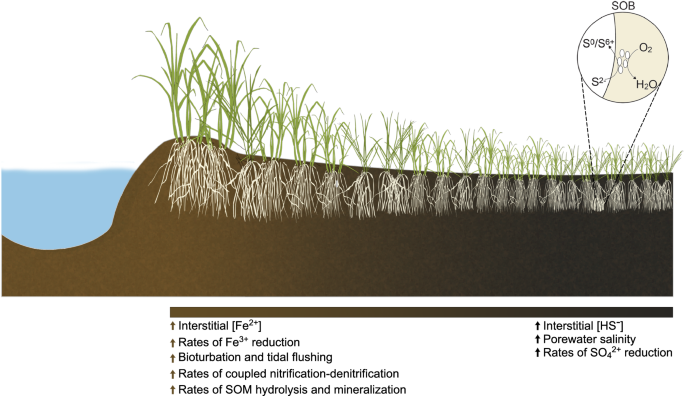2024-05-15 スイス連邦工科大学ローザンヌ校(EPFL)
◆EPFLのBart Deplancke教授のチームは、大網脂肪組織に脂肪生成を妨げる細胞を特定しました。これらの細胞はインスリン様成長因子結合タンパク質2(IGFBP2)を高レベルで発現し、脂肪幹細胞の成熟を阻害します。この発見は肥満管理に新たな視点を提供します。
<関連情報>
- https://actu.epfl.ch/news/new-cells-could-be-key-to-treating-obesity/
- https://www.sciencedirect.com/science/article/pii/S1550413124001372?via%3Dihub
ヒトの大腿骨に特異的な中皮様間質集団が、IGFBP2分泌を介して脂肪形成を抑制する A human omentum-specific mesothelial-like stromal population inhibits adipogenesis through IGFBP2 secretion
Radiana Ferrero, Pernille Yde Rainer, Marie Rumpler, Julie Russeil, Magda Zachara, Joern Pezoldt, Guido van Mierlo, Vincent Gardeux, Wouter Saelens, Daniel Alpern, Lucie Favre, Nathalie Vionnet, Styliani Mantziari, Tobias Zingg, Nelly Pitteloud, Michel Suter, Maurice Matter, Kai-Uwe Schlaudraff, Carles Canto, Bart Deplancke
Metabolism Published: May 9, 2024
DOI:https://doi.org/10.1016/j.cmet.2024.04.017
Highlights
- A single-cell transcriptomic atlas integrating Lin- SVF cells from four different human adipose depots
- In-depth transcriptional analysis of stromal populations across four human adipose depots
- Adipogenic characterization of five stromal populations across three human adipose depots
- Omental-specific cells characterized by high IGFBP2 expression repress adipogenesis
Summary
Adipose tissue plasticity is orchestrated by molecularly and functionally diverse cells within the stromal vascular fraction (SVF). Although several mouse and human adipose SVF cellular subpopulations have by now been identified, we still lack an understanding of the cellular and functional variability of adipose stem and progenitor cell (ASPC) populations across human fat depots. To address this, we performed single-cell and bulk RNA sequencing (RNA-seq) analyses of >30 SVF/Lin- samples across four human adipose depots, revealing two ubiquitous human ASPC (hASPC) subpopulations with distinct proliferative and adipogenic properties but also depot- and BMI-dependent proportions. Furthermore, we identified an omental-specific, high IGFBP2-expressing stromal population that transitions between mesothelial and mesenchymal cell states and inhibits hASPC adipogenesis through IGFBP2 secretion. Our analyses highlight the molecular and cellular uniqueness of different adipose niches, while our discovery of an anti-adipogenic IGFBP2+ omental-specific population provides a new rationale for the biomedically relevant, limited adipogenic capacity of omental hASPCs.
Graphical abstract



